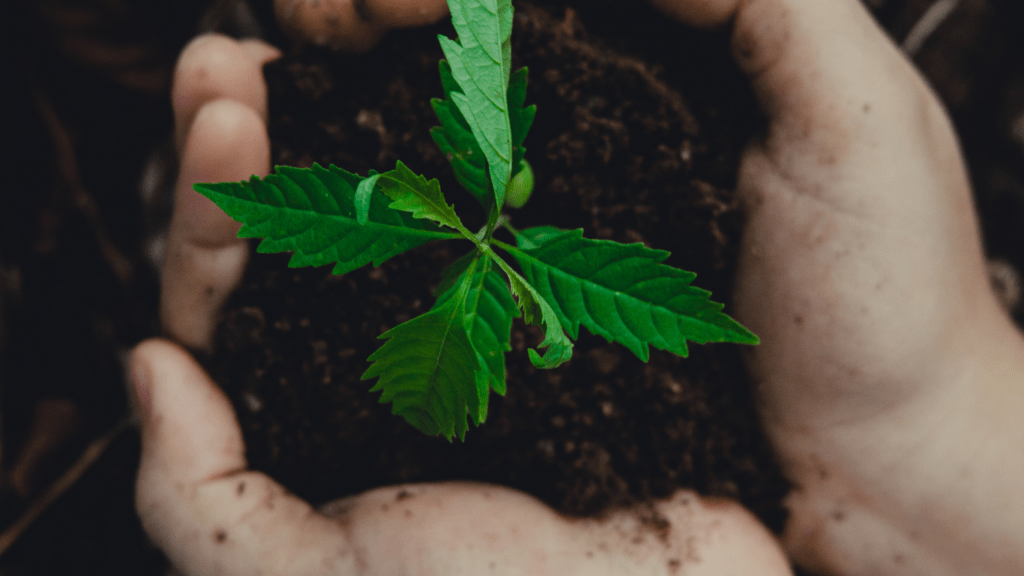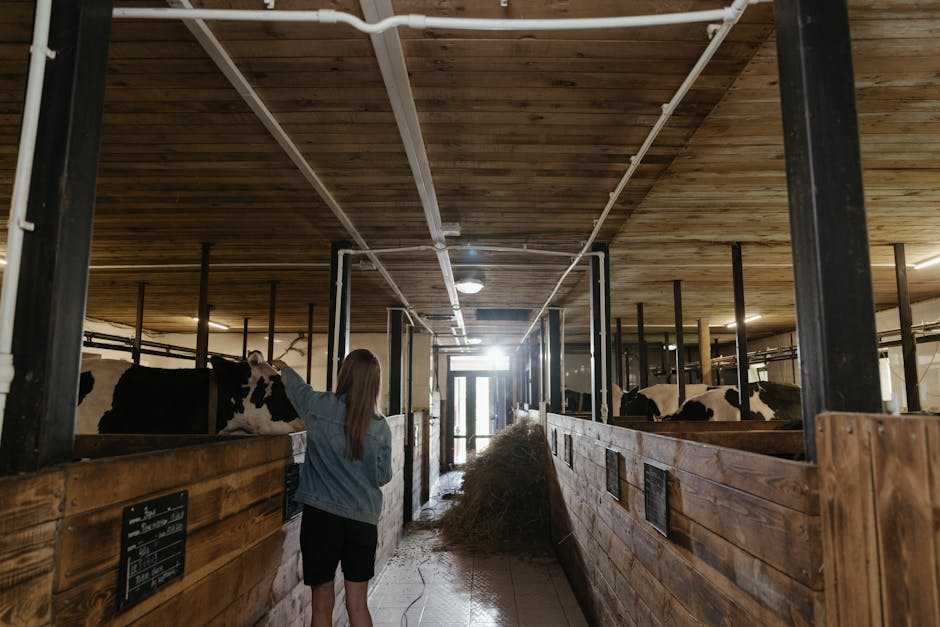Understanding Soil Health
Soil health reflects the soil’s ability to function as a living ecosystem. This encompasses biological, chemical, and physical properties, all contributing to plant growth, water absorption, and nutrient cycling. Recognizing how these elements interact is essential for maintaining productive and sustainable farming practices.
Biological Properties
Soil houses diverse organisms, including bacteria, fungi, and earthworms. These organisms break down organic matter, forming humus and releasing vital nutrients.
For example, earthworms aerate the soil, enabling better water infiltration. High biological activity indicates healthy soil that supports robust plant development.
Chemical Properties
Soil’s chemical composition includes pH levels, nutrient availability, and presence of contaminants. Adequate pH levels between 6.0 and 7.5 optimize nutrient absorption for most crops. Monitoring and adjusting the soil’s chemical balance ensures plants receive the necessary elements for growth and minimizes harmful residues.
Physical Properties
Texture, structure, and porosity define the soil’s physical properties. Sandy soils offer good drainage but poor nutrient retention. Conversely, clay soils retain nutrients but can have drainage issues.
Balanced loam combines the advantages of sand and clay, providing optimal conditions for root expansion and water retention.
Importance of Organic Matter
Organic matter, comprising decomposed plant and animal residues, enhances soil structure and fertility. It increases water-holding capacity and introduces microorganisms essential for nutrient cycling.
Regularly adding compost or cover crops can maintain high organic matter levels, boosting soil health and crop productivity.
Indicators of Soil Health
Several indicators reflect soil health status, such as soil structure, color, and presence of organic content. Crumbly, dark-colored soil rich in organic material often signifies a healthy environment. Regular soil testing for nutrient levels and microbial activity offers insights into necessary amendments for improving soil health.
Implementing Soil Conservation Practices
Adopting soil conservation practices helps sustain soil health. Techniques like:
- contour plowing
- terracing
- no-till farming
reduce erosion and preserve soil integrity. Integrating crop residues also minimizes soil disturbance, fostering a favorable habitat for soil organisms and promoting long-term productivity.
Understanding these facets of soil health empowers farmers to implement practices that enhance sustainability. Healthy soil underpins successful farming, yielding more resilient crops and ensuring environmental stewardship.
Components of Soil Health

Understanding the components of soil health is crucial for sustainable farming. Key elements include soil structure, fertility, and biodiversity.
Soil Structure
Soil structure affects root development, water infiltration, and aeration. Well-aggregated soil promotes better crop growth by ensuring roots can access essential nutrients and water.
Aggregates, or clusters of soil particles, form through the binding action of organic matter and microorganisms. Sustainable practices, like minimizing soil disturbance, help maintain good structure.
Soil Fertility
Soil fertility determines the nutrient availability for crops. Key nutrients include nitrogen, phosphorus, and potassium. Fertile soils support healthy plant growth and boost crop yields.
Farmers often use soil tests to measure nutrient levels and adjust inputs accordingly. Incorporating organic matter from compost or cover crops enhances fertility over time, reducing dependency on synthetic fertilizers.
Soil Biodiversity
Soil biodiversity contributes to nutrient cycling, disease suppression, and organic matter decomposition. This diversity includes bacteria, fungi, earthworms, and other microorganisms.
A biologically diverse soil ecosystem supports plant health by enhancing nutrient availability and reducing disease pressures. Practices like crop rotation and reduced chemical use preserve and boost soil biodiversity, promoting long-term soil health.
Benefits of Healthy Soil in Farming
Healthy soil is fundamental to sustainable farming. It offers numerous advantages that contribute to long-term agricultural success.
Improved Crop Yields
Healthy soil maximizes crop yields. With optimal soil structure, roots grow more efficiently, accessing water and nutrients better. Nutrient-rich soil, achieved through organic matter addition and other sustainable practices, boosts plant growth. Healthy soil also contains beneficial microorganisms that improve nutrient availability, ensuring plants get the sustenance they need.
Enhanced Water Retention
Enhanced water retention is a major benefit of healthy soil. Well-structured soil with good organic matter content increases its ability to retain moisture. This reduces irrigation needs, saving water and costs. Soils with improved water retention help crops withstand drought conditions, ensuring stable agricultural productivity.
Carbon Sequestration
Healthy soil plays a crucial role in carbon sequestration. Soils rich in organic matter capture and store carbon dioxide, mitigating climate change. By adopting practices like cover cropping and reduced tillage, farmers enhance soil organic carbon levels. This not only benefits the environment but improves soil fertility, creating a positive feedback loop for sustainable farming.
Practices to Maintain Soil Health
Maintaining soil health is paramount for sustainable farming. Effective practices, such as crop rotation, cover cropping, and reduced tillage, play vital roles.
Crop Rotation
Crop rotation involves alternating the species or families of crops grown in a specific field across different planting seasons. This minimizes soil nutrient depletion, manages pests, and reduces soil erosion. For example, rotating legumes with cereals replenishes nitrogen levels; oats follow legumes to suppress nematodes; corn rotation prevents pest and disease buildup.
Cover Cropping
Cover cropping refers to planting crops like legumes or grasses during fallow periods. This practice prevents soil erosion, enhances organic matter, and improves water retention. Legumes like clover fix atmospheric nitrogen, enriching the soil; grasses like rye reduce erosion; buckwheat smothers weeds.
Reduced Tillage
Reduced tillage is the practice of minimizing soil disturbance to preserve its structure and organic matter. This method helps prevent erosion, supports microbial activity, and maintains moisture levels.
Techniques include no-till planting, strip-till which tills only narrow strips, and mulch-till that leaves crop residues on the surface.
Maintaining these practices ensures sustainable agriculture, contributing to long-term productivity and environmental health.
Challenges in Maintaining Soil Health
Healthy soil is vital in sustainable farming, but several challenges can threaten its condition. Factors like soil erosion and chemical contamination present significant obstacles.
Soil Erosion
Soil erosion removes the top layer of fertile soil, reducing its quality. Wind and water are primary erosion agents, displacing soil particles and depleting nutrients.
To combat this, I recommend using cover crops and implementing contour farming. Cover crops, such as clover and rye, protect the soil surface, while contour farming techniques like terracing reduce runoff, slowing erosion.
Chemical Contamination
- Chemical contamination involves the buildup of pesticides, herbicides, and fertilizers.
- These chemicals can alter soil pH, harm beneficial organisms, and contaminate groundwater.
- Farmers frequently use soil testing to monitor nutrient levels and adjust chemical input accordingly.
- Implementing organic farming methods, such as using compost and green manure, helps reduce reliance on synthetic chemicals, promoting a healthier soil ecosystem.



